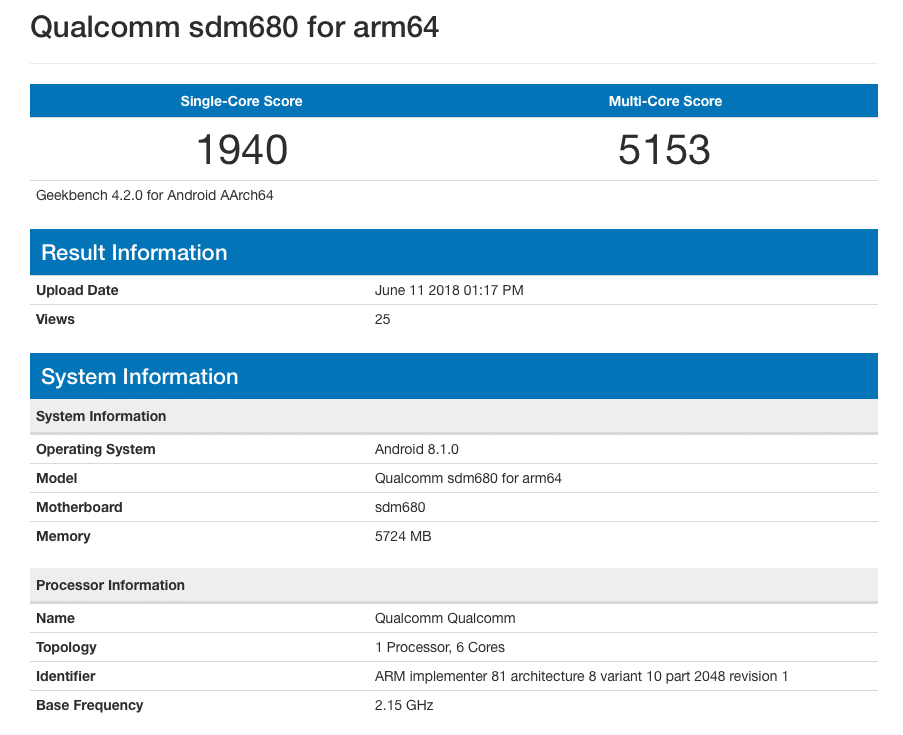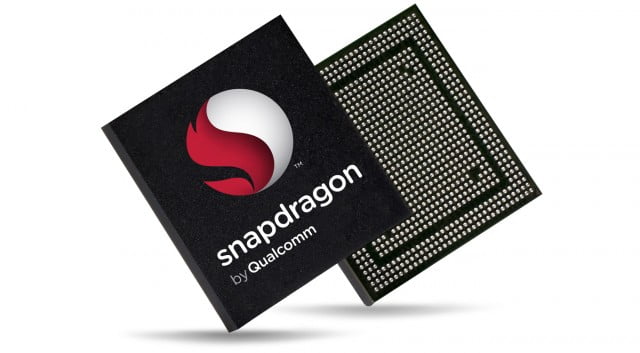Snapdragon has introduced several interesting processors this year. We have seen snapdragon 850 processor powering Windows 10 laptops. Furthermore, Snapdragon also introduced a powerful mid-range oriented Snapdragon 710 processor. So recently Snapdragon 680 was spotted on geekbench and here’s everything you need to know about the processor.
ALSO READ: Qualcomm’s New Snapdragon 850 Processor Specifically Built For Windows 10 PCs
Snapdragon 680: The Benchmarks

Snapdragon 680 scored 1940 points in single-core and 5153 points in multi-core tests. The processor will act as an upgrade to the highly appreciated Snapdragon 660 processor. Well, it would be nearly similar to Snapdragon 710 in terms of performance. The smartphone used for benchmark had 6GB of RAM and was running on Android 8.1. The processor may be fabricated on the 14nm process like most processors in the 600 series.
ALSO READ: Snapdragon 845 Vs Snapdragon 710 Vs Snapdragon 660: What’s The Difference?
Snapdragon 680: Clock Speed And Cores
Snapdragon 680 may support a maximum clock speed of 2.15GHz. Well, the processor unlike Snapdragon 660 will be a hexacore chipset. Furthermore, being hexacore the processor will be more power efficient as compared to its predecessors. The processor may come as a combination of a dual-core and quad-core CPU. Consequently, Qualcomm will most likely be optimized for better connectivity, power management along with AI features.

As of now, there is no certainty about the naming of the processor. As even Snapdragon 710 was considered as Snapdragon 670 before its launch. The processor will be used in higher end mid-range devices. As a result, Snapdragon 845 is designated for flagship smartphones, Snapdragon 710 for smartphones nearly close to flagships and Snapdragon 680 for higher end mid-range devices.
Do share your thoughts and opinions about the more faster and efficient Snapdragon 680 processor in the comments section below.
BONUS VIDEO
[youtube https://www.youtube.com/watch?v=PN6tGQ8yUUo?rel=0]
For the latest tech news, follow TechDipper on Twitter, Facebook, Google+, Instagram and subscribe to our YouTube channel.




